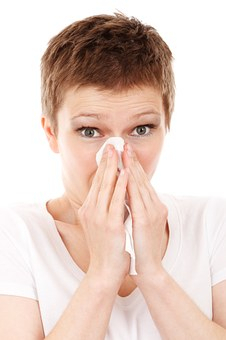
Researchers have found out why people are more likely to get sick and even die from flu during winter months -- low humidity. Known earlier though that cold temperatures and low humidity promote transmission of the flu virus, a new study has proved it with experiments on immunity.
Researchers used genetically modified mice to resist viral infection as humans do. The mice, placed in chambers at the same temperature, had variations in humidity -- either low or normal. When researchers observed how low humidity hampered the immune response, they came to know three ways of impact on animals -- first, it stopped cilia -- hair-like structures in airways cells -- from removing viral particles and mucus.
Secondly. it reduced the healing ability of airway cells which repairs damage caused by the virus in the lungs. The third observation was of interferons -- signaling proteins released by virus-infected cells to alert neighboring cells to the viral threat. This innate immune defense system failed in the low-humidity environment.
This study helped scientists understand why the flu is more prevalent when the air is dry. Akiko Iwasaki, the Waldemar Von Zedtwitz Professor of Immunobiology said: "It's well known that where humidity drops, a spike in flu incidence and mortality occurs. If our findings in mice hold up in humans, our study provides a possible mechanism underlying this seasonal nature of flu disease".
Though humidity is not the only factor involved, researchers say that it is an important one. This is what makes flu more communicable during the winters. A good preventive measure would be to increase water vapor in the air with humidifiers at home, school, work, and even hospital environments to keep flu at bay.
The study was conducted by the Yale research team, led by Iwasaki, and was published in the journal Proceedings of the National Academy of Sciences (PNAS).









